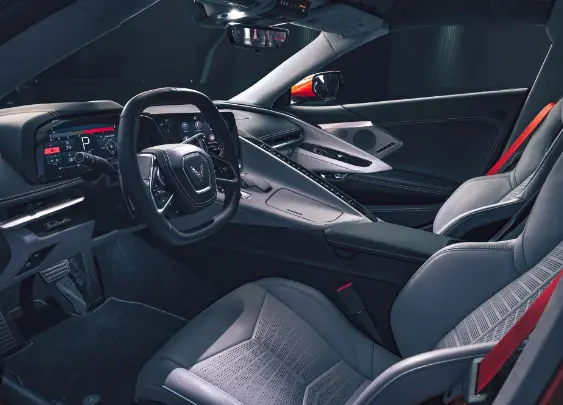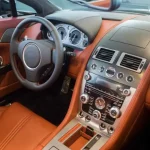The history of car interior design is a fascinating journey that reflects not only the advancements in automotive technology but also the changing needs and preferences of drivers and passengers.
From the earliest horseless carriages to the high-tech smart cars of today, car interiors have evolved significantly. In this article, we’ll take a trip through time to explore the evolution of car interior design.
1. The Early Days: Horseless Carriages and Simple Interiors (Late 19th Century – Early 20th Century)
In the late 19th century, when the first automobiles emerged, car interiors were basic and utilitarian. These early vehicles, often referred to as “horseless carriages,” featured wooden or metal bodies, bench-style seating, and exposed mechanical components. There were no creature comforts to speak of, and passengers were exposed to the elements.
**2. The Roaring Twenties: Comfort and Luxury (1920s)**
The 1920s marked a significant shift in car interior design. As the automotive industry grew, car manufacturers began to prioritize comfort and luxury. Vehicles of this era featured more comfortable seating, improved upholstery, and additional amenities like adjustable seats and radios. The transition from open-top cars to closed cabins improved passenger comfort and protection from the weather.
**3. Streamlined Modernism: The Post-War Era (1940s – 1950s)**
Following World War II, car design embraced a streamlined, futuristic aesthetic. Interiors incorporated sleek lines, chrome accents, and vibrant colors. The introduction of air conditioning, power windows, and advanced sound systems further enhanced passenger comfort.
**4. Muscle Cars and Sporty Interiors (1960s – 1970s)**
The 1960s and 1970s witnessed the rise of muscle cars and sports cars. These vehicles featured sporty interiors with bucket seats, racing-style steering wheels, and performance-oriented instrument clusters. The focus was on driver engagement and control.
**5. The Digital Age: Electronic Gadgets (1980s – 1990s)**
The 1980s and 1990s brought significant advancements in automotive technology. Car interiors featured digital displays, electronic climate control, and infotainment systems. The introduction of airbags and improved safety features also became a priority.
**6. The Luxury Revolution: Opulent Interiors (2000s – Early 2010s)**
The early 2000s marked a resurgence of luxury car interiors. High-end materials such as premium leather, fine wood veneers, and advanced entertainment systems became standard in luxury vehicles. Features like heated and ventilated seats, advanced navigation systems, and adaptive cruise control added to the overall luxury experience.
**7. The Era of Connectivity: Smart Cars (Mid-2010s – Present)**
The advent of smartphones and the rise of connectivity ushered in a new era of car interior design. Vehicles today are equipped with sophisticated infotainment systems, touchscreens, and voice-activated controls. Connectivity features like Apple CarPlay and Android Auto allow seamless integration with smartphones, providing access to apps, music, and navigation.
**8. Sustainable and Eco-Friendly: Green Interiors (Present – Future)**
As environmental awareness grows, car manufacturers are increasingly focused on sustainable and eco-friendly interior materials. Sustainable fabrics, recycled plastics, and environmentally conscious design choices are becoming more common. Electric and hybrid vehicles are also influencing interior design, with a focus on creating spacious and comfortable cabins.
**9. Autonomous Driving: Redefining Interiors (Future)**
The future of car interior design will be heavily influenced by autonomous driving technology. With self-driving cars, the traditional driver’s seat may no longer be the focal point. Interiors may transform into mobile offices, lounges, or entertainment spaces, offering a different kind of passenger experience.
**Conclusion: A Journey of Innovation**
The evolution of car interior design is a testament to human ingenuity and our ever-changing lifestyles. From the simplicity of the horseless carriage to the high-tech smart cars of today, car interiors have evolved to meet the needs and desires of drivers and passengers. As we look to the future, we can anticipate even more innovative changes in car interior design, driven by technology, sustainability, and the evolving expectations of car enthusiasts and commuters alike. The journey of innovation continues, promising an exciting road ahead for automotive interior design.


